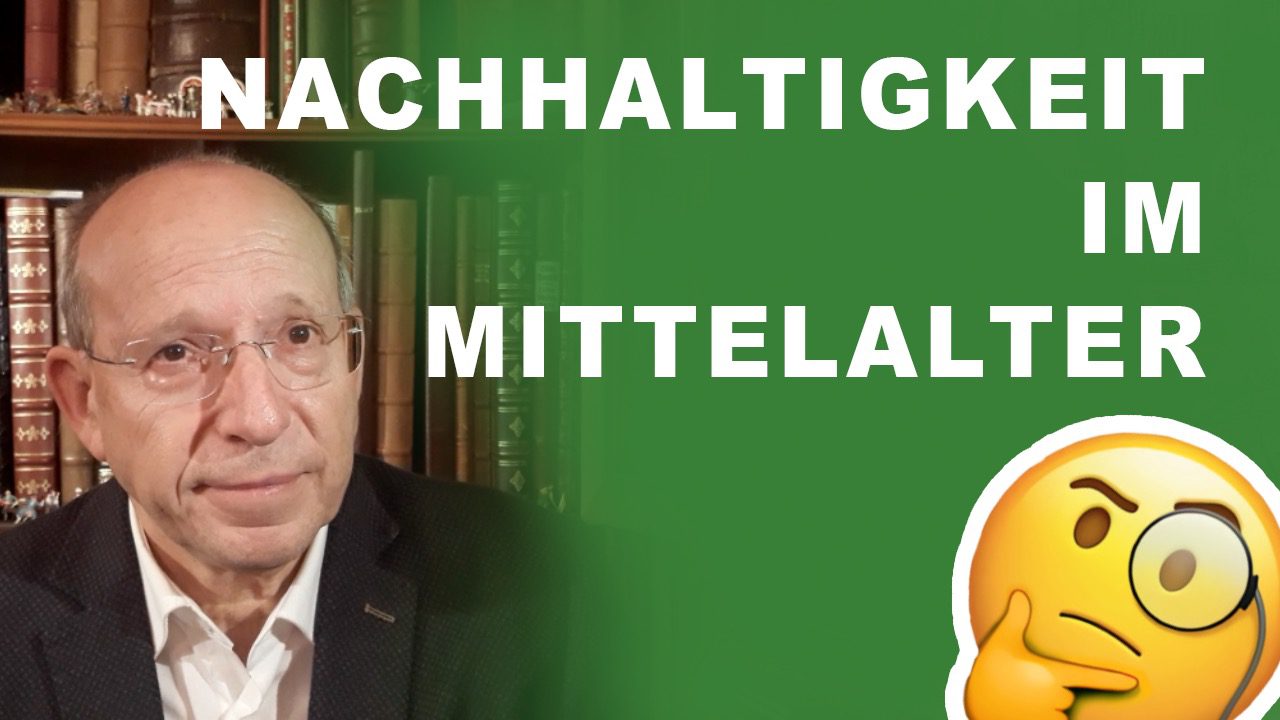⏰⏰ TOPICS ⏰⏰
0:00 The term “sustainability”: origin and use
1:15 First use of the term in forestry and historical context.
2:59 Logging and deforestation in the Middle Ages
3:52 Methodology and approach
SUSTAINABILITY IN THE MIDDLE AGES: How sustainable were the Middle Ages? Did this term even exist at that time? And if not, how did one get the resources needed from the forest without destroying it? The origin and first use of the term is explained in this video.
The forest, in this case primarily the so-called cultivated forest or commercial forest, was extremely important for the civilisations that depended on it. Here, the population was not only dependent on the wood of the forest, but also on its game, fruits, grasses and roots to ensure the survival of the community.
With the increase in population in the aftermath of the 30 Years War and the growing demand for wood during the so-called Little Ice Age, problems soon arose with the clearing of the surrounding forests and the transport of resources over ever greater distances. From there, norms and laws were introduced to ensure the continuity of the commercial forests for the accompanying forestry of the civilian population and to guarantee a balance of taking and preserving.


⏰⏰ TOPICS ⏰⏰
0:00 The term “sustainability”: origin and use
1:15 First use of the term in forestry and historical context.
2:59 Logging and deforestation in the Middle Ages
3:52 Methodology and approach
4:54 The forest as a nutrient forest: the importance of the commercial forest as a versatile source of the surrounding civilisation
6:00 Wood as the most important resource
7:56 The forest as a danger: wolves, dwarves and other creatures
9:05 Protection and conservation of forests and trees in the Middle Ages
10:43 The relevance of sustainability for the continuation of civilisation